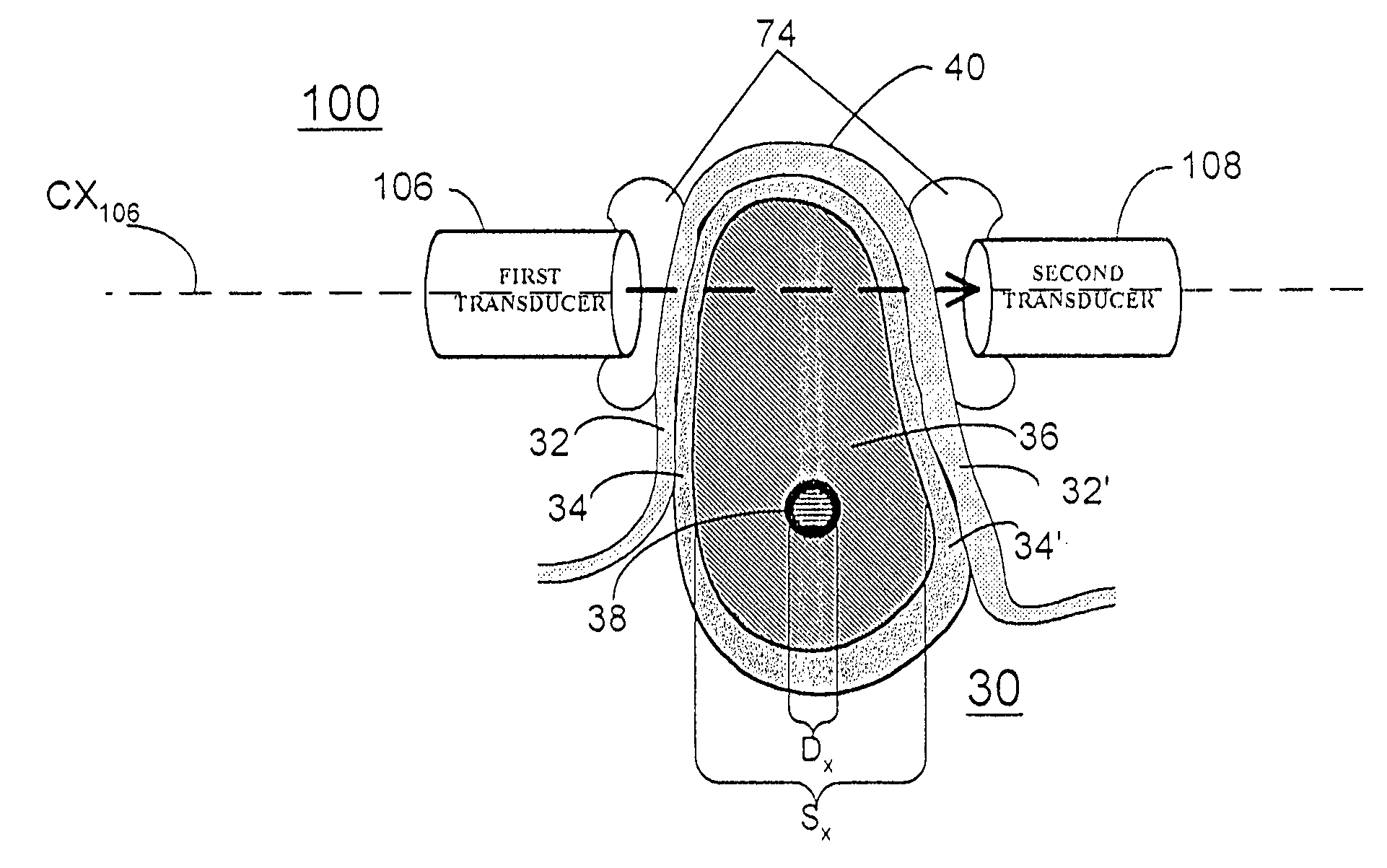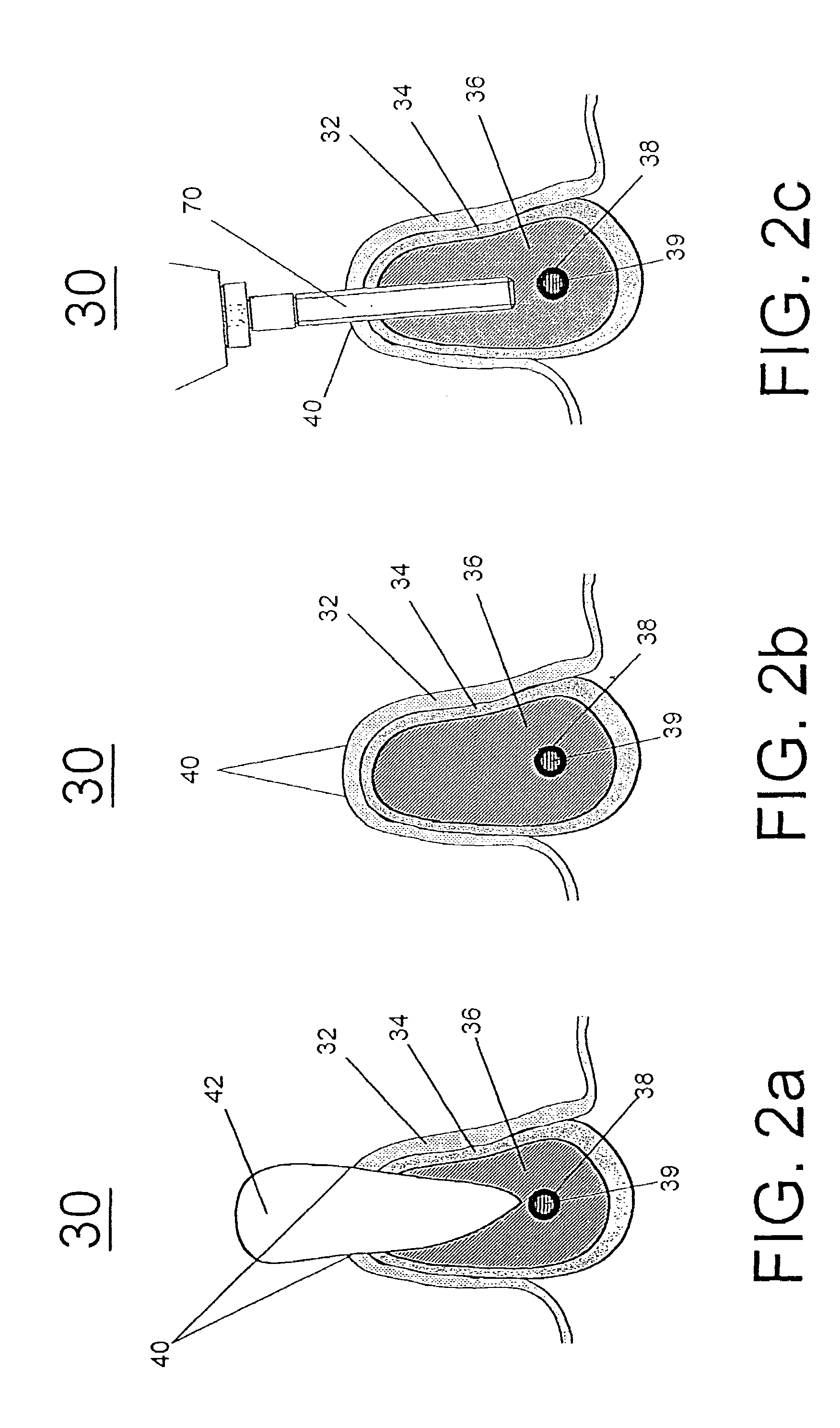Systems for ultrasonic imaging of a jaw, methods of use thereof and coupling cushions suited for use in the mouth
a technology of ultrasonic imaging and jaw, applied in the field of jaw ultrasonic imaging system, methods of use thereof, coupling cushions suited for mouth use, can solve the problems of inability to accurately inability to detect the presence of a single sound wave, etc., to facilitate the translational motion of the wand, facilitate imaging
- Summary
- Abstract
- Description
- Claims
- Application Information
AI Technical Summary
Benefits of technology
Problems solved by technology
Method used
Image
Examples
Embodiment Construction
[0097]The principles and operation of systems, methods and devices according to the present invention may be better understood with reference to the drawings and accompanying descriptions.
[0098]Before explaining at least one embodiment of the invention in detail, it is to be understood that the invention is not limited in its application to the details of construction and the arrangement of the components set forth in the following description or illustrated in the drawings. The invention is capable of other embodiments or of being practiced or carried out in various ways. Also, it is to be understood that the phraseology and terminology employed herein is for the purpose of description and should not be regarded as limiting.
[0099]Referring now to the drawings FIGS. 19 and 20 illustrate the arrangement of important operational components of systems 520 according to the present invention with respect to the head 527 and mouth 529 of a patient. The improved ultrasonic imaging system 5...
PUM
 Login to View More
Login to View More Abstract
Description
Claims
Application Information
 Login to View More
Login to View More - R&D
- Intellectual Property
- Life Sciences
- Materials
- Tech Scout
- Unparalleled Data Quality
- Higher Quality Content
- 60% Fewer Hallucinations
Browse by: Latest US Patents, China's latest patents, Technical Efficacy Thesaurus, Application Domain, Technology Topic, Popular Technical Reports.
© 2025 PatSnap. All rights reserved.Legal|Privacy policy|Modern Slavery Act Transparency Statement|Sitemap|About US| Contact US: help@patsnap.com



